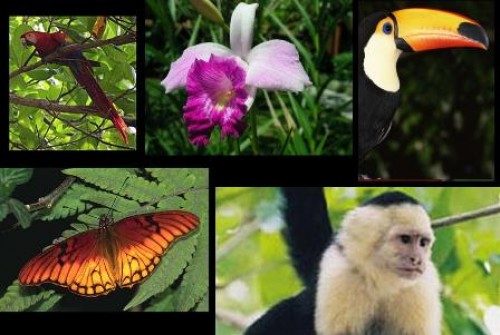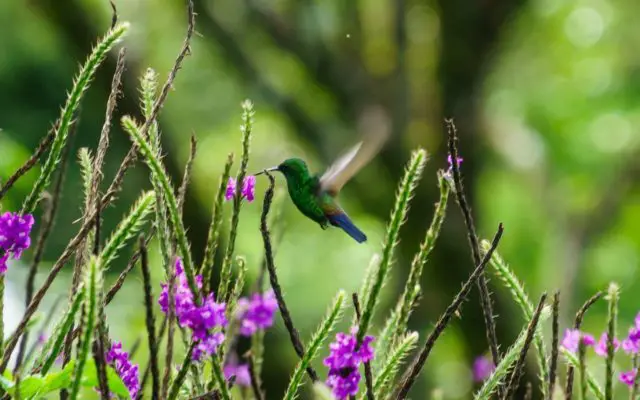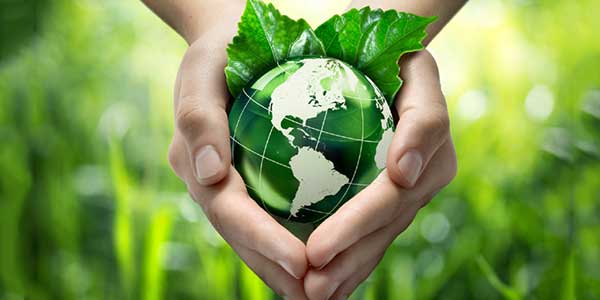The term biodiversity refers to the number of species, animals, and plants that live in a place. In its broadest sense, biodiversity means LIFE ON EARTH. This term began to be used in 1985.
The number of species that inhabit the Earth is very large. Up to date, there have been about 1,700,000 species. Currently, it is a matter of concern that human activities have reduced biodiversity on a global scale, animal and plant populations have been lost. Nearly 6,000 species are in danger of extinction. In contrast to this global trend, Costa Rica protects its biodiversity through National Parks, Reserves, and Protected Areas.

Why is Costa Rica so biodiverse?
There are several factors that contribute to our country being so rich in biodiversity. These are:
- Geographic position. Costa Rica is located in the Neotropics, which corresponds to the tropical areas of the American continent and, for this reason, receives more solar energy throughout the year.
- Geological history. In the formation of the country, there have been several geological processes of volcanism and rising seabed (orogenesis), which have resulted in different types of soils, on which different types of plants grow. Also, the appearance of an isthmian bridge between 2 continental masses (North America and South America) allowed the passage of some groups of plants and animals in both directions and the establishment of these species in the new Central American zone.
- Altitude. The mountainous system provides numerous and varied microclimates to which plants and animals adapt well.
- Climate. The climate is determined by latitude, temperature, wind, air humidity, and precipitation. All these elements participate in the climatic characteristics of a specific place, and in our country they meet the ideal values for life, thus making us privileged in natural wealth.
Let’s learn more about our biodiversity
It is important to understand that all these factors are related and act together. In Costa Rica, more than half a million species live, representing 4% of the species that exist in the world. Out of this, a little more than 70% are insects. That is to say, in our country, nearly 360,000 different species of insects live together with the human species. After insects, the most numerous groups are fungi, bacteria, and invertebrates such as spiders, crustaceans (shrimps, lobsters, and crabs), among others
The most known groups in the country are plants and vertebrates (amphibians, reptiles, birds, mammals, and fish). In these groups, about 83% of the species have been described. Terrestrial species are better known than marine species. Costa Rica is 10 times larger in its marine territory because we have large sea areas on both coasts. However, we only know a small percentage of the biodiversity that exists there. Our seas keep natural riches that we have not yet completely discovered. According to the National Institute of Biodiversity (INBio), Costa Rica registers about 95,000 of described marine species, approximately 4.7% of the known species worldwide.
We are considered among the 20 richest countries in biodiversity all around the world. In the case of species density, Costa Rica obtains the 1st place in the Central American area; it should be emphasized that all the Central American countries, together, are richer in diversity than some countries considered mega-diverse such as Mexico and Colombia.
Out of the Costa Rican species, vertebrates and plants are well-known. The marine species, invertebrates, and microorganisms, as well as species of high mountain areas, are the least known. The group with the highest endemism (unique to a location) is that of amphibians, followed by freshwater fish, reptiles, and birds. 10% of the plants are considered endemic to Costa Rica.

The human being, as an integral part of this diversity, must protect and respect our fellow living beings, in this way its use and benefits may continue to contribute in many ways to the development of human society. Currently, biodiversity is threatened by the alteration and loss of ecosystems, the introduction of exotic species, hunting, and illegal extraction.
It is important to call for reflection and action so that society understands what the value of biodiversity, its contribution to improving the quality of life of the human species is. The dangerous implications of the reduction and of loss biodiversity should concern us all equally. It is not just to educate, but to engage in awareness for maintaining the quality of life. Therefore, our individual and collective decisions affect it positively or negatively. Let us be more aware of our responsibility to conserve and use it in a sustainable way not only for ourselves but for the generations to come.

